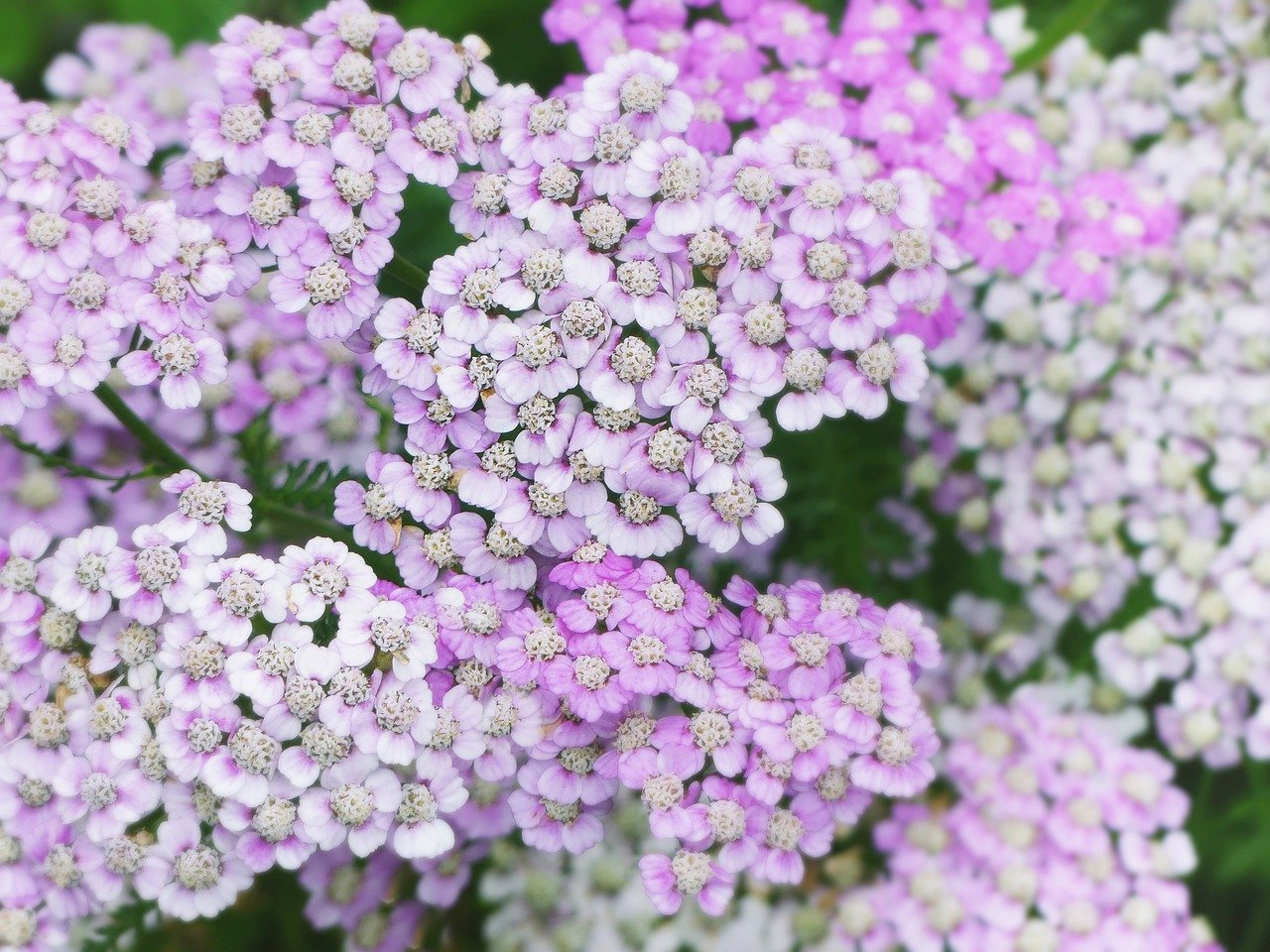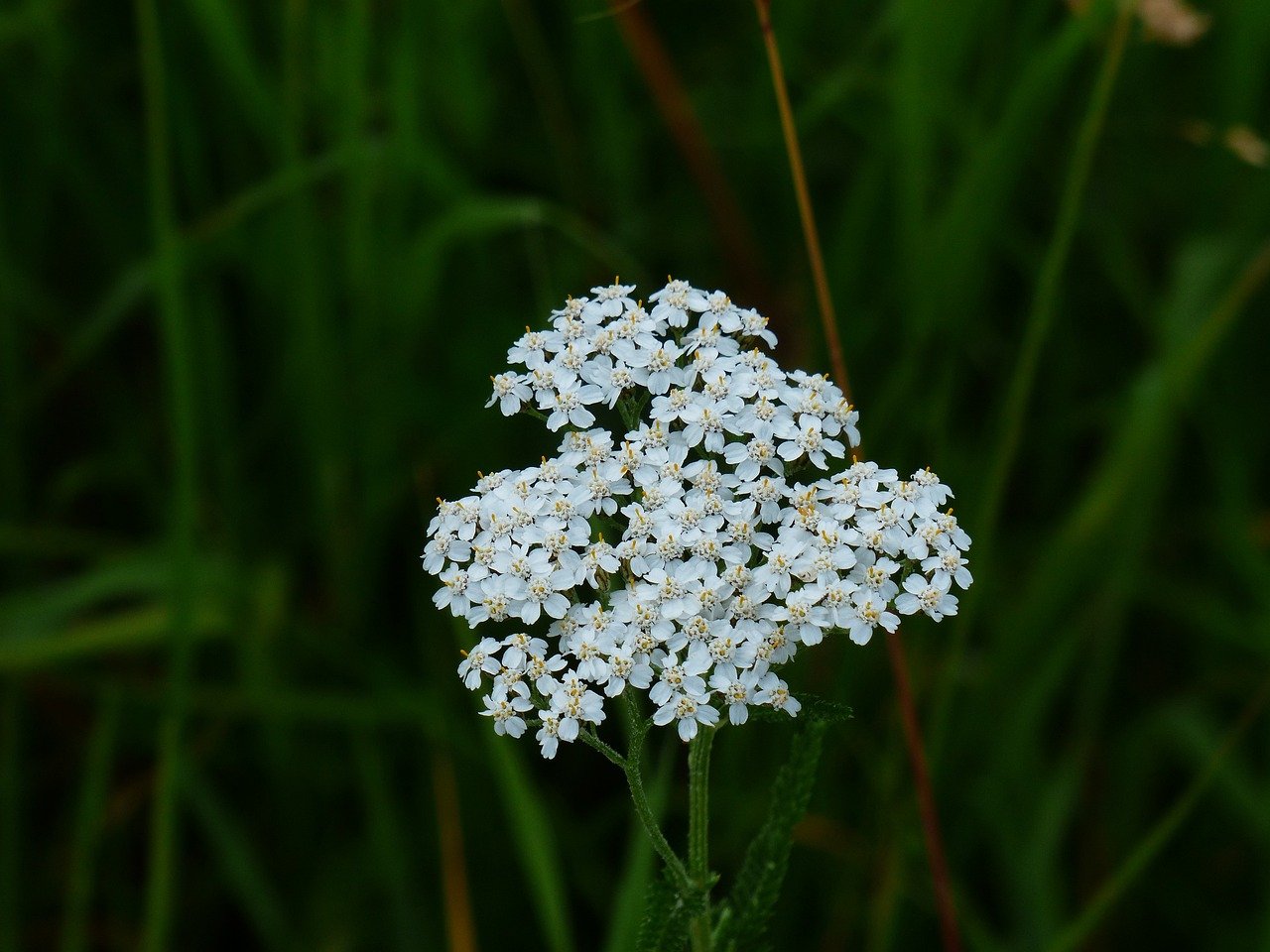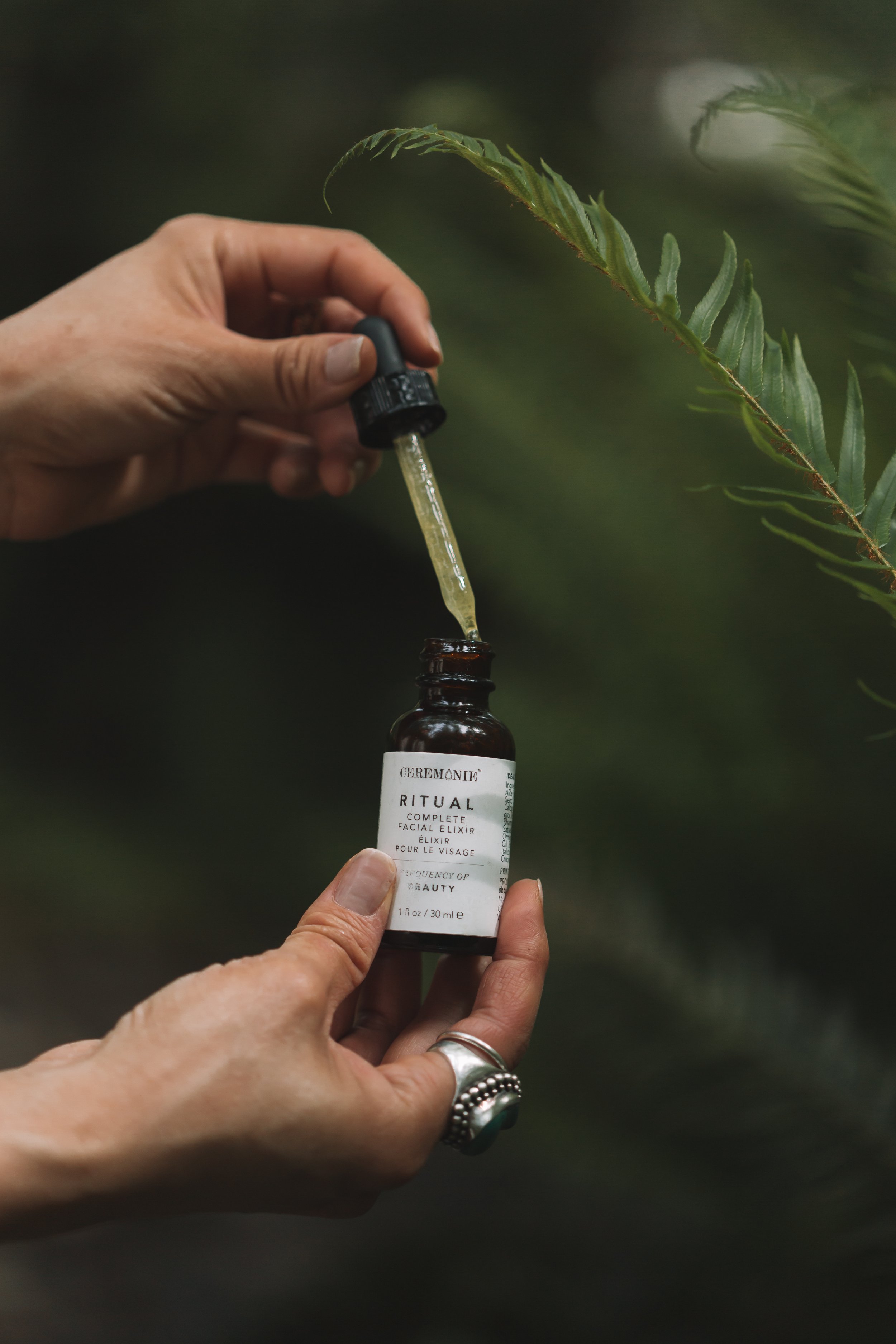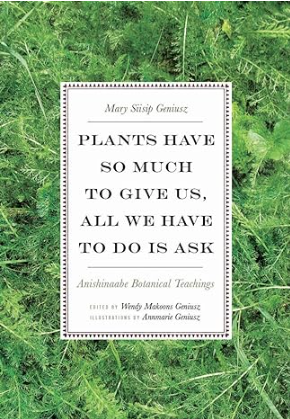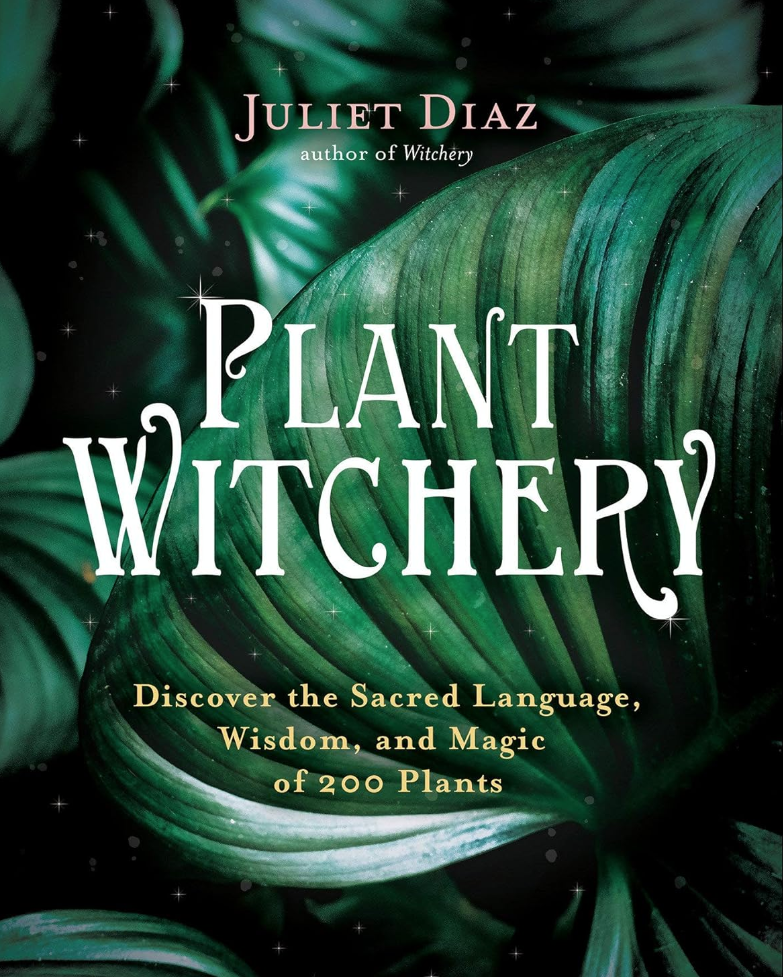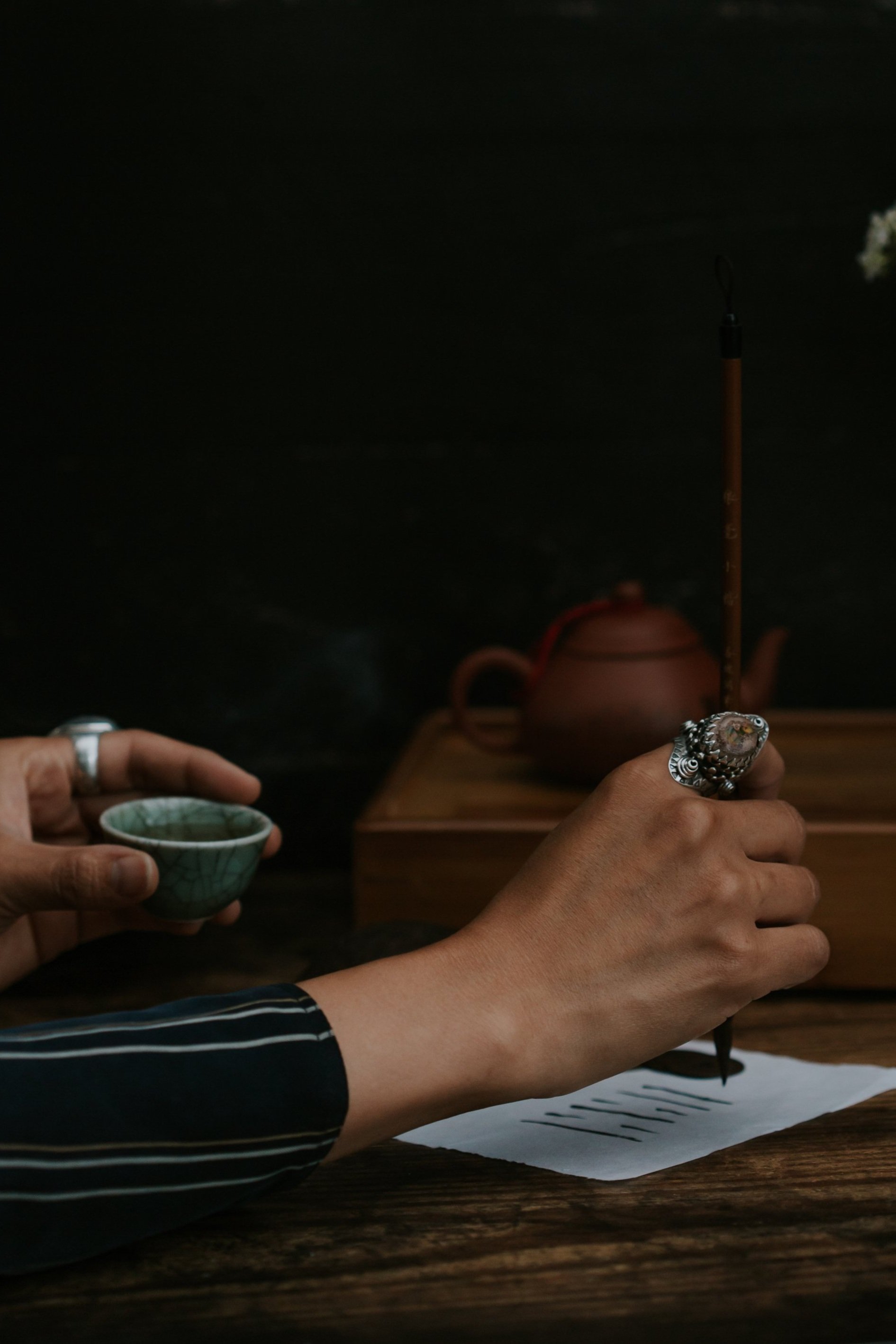WITH some fun facts about Achillea millefolium
Yarrow or Achillea millefolium is a perennial herb with strong spiritual significance. Image source: Pixabay
Achillea millefolium, known as Yarrow (or common Yarrow), is a resilient, perennial herbaceous plant that has captivated the interest of ancient mythological figures, herbalists, gardeners, and skincare specialists. In this article, the Nectar team explores the multi-facets of Yarrow, including its ecological contributions, herbal applications, presence in mythology and legend, spiritual significance, and intriguingly, its impact on energy fields. Stay with us, and there’s a little gift for you!
Located on Bowen Island, Nectar Yoga Retreat attracts conscious travellers from the lower mainland of British Columbia, Washington State, and beyond. Our forest retreat center provides 2-night stays in our cozy A-frame cabins and modern cottages, ideal for your relaxing, picturesque Bowen Island getaway. Join us for meditation retreats and other seasonal gatherings, some centered around plant wisdom, such as Yarrow.
Some Lesser-Known Facts about Yarrow
Yarrow blooms attract pollinators, especially butterflies, ladybugs, and hoverflies.
During the 17th century, Yarrow found its way into the European kitchen as a food source. Yarrow leaves, much like Nettle, were prepared in a similar fashion to cooking spinach, while also finding a place as an ingredient in soups.
In medieval European times, a combination of Yarrow, marsh Rosemary, and Sweet Gale were the main ingredients in brewing a beer known as gruit ale.
Birds such as the common starling exhibit a keen appreciation for Yarrow when constructing nests. Nests woven with Yarrow show a lack of parasites, attesting to the plant's natural deterrent properties.
Yarrow, as a spiritual plant, holds associations with protection, warding, and the establishment of boundaries. This belief transcends geographical boundaries, extending its influence wherever the plant thrives across the globe.
Common Yarrow’s botanical species name, millefolium, translates to "thousand-leaved", aptly describing the feathery foliage that is comprised of countless leaves. Image source: Pexabay
Yarrow’s Natural Habitat and Plant Anatomy
Achillea millefolium is a member of the Asteraceae family, sharing its botanical roots with chrysanthemums and chamomile. Native to temperate regions of Asia, Europe and North America, Yarrow has also been introduced in Australia and New Zealand, mainly as feed for certain livestock. Where they grow in the wild, the herb is commonly found on roadsides, dry slopes, and meadows, with its upright stems, reaching about 3 feet (1 meter) in height.
Blooming between as early as April to as late in October, depending on the region and degree of sun exposure, Yarrow’s lacy, disc shaped flowers showcase a spectrum from white to pink or pale purple. Yellow Yarrow is also found in certain regions. There are over 140 species of Achillea, and regardless of colour, Yarrow blossoms form densely arranged clusters. Yarrow leaves are lacy and delicate, resembling feathers, and their roots are rhizomes, plant stems that grow horizontally, sending out shoots from nodes along their length. The nature of them being rhizomes, in combination with naturally growing on slopes, along with their perennial nature, makes them important contributors in soil erosion prevention.
How Myth, Herbalism, and Modern Science Intersect in Yarrow
Legend has it that Yarrow, Achillea millefolium, earned its botanical name from the famed Greek warrior, Achilles, who purportedly used it to staunch the bleeding wounds of his soldiers. This storied herb has long been a staple in European folk medicine, rich in flavonoids – plant-based compounds that stimulate saliva and stomach acid, aiding digestion. True to myth, Yarrow is indeed hemostatic, meaning it slows (and can stop) the flow of blood.
Its species name, millefolium, directly translates to "thousand-leaved," describing Yarrow leaves as feathery foliage with countless leaves. The serrated, knife-like appearance of its leaves aligns with the doctrine of signatures, suggesting suitability for injuries that "cut to the bone", and further relates to the Greek warrior.
While Yarrow is being studied within science, in many herbal medicine practices, Yarrow is sometimes recommended for appetite loss, menstrual cramps and improved sleep. Yarrow is also commonly found in natural insect repellent remedies, as it deters insects without drying the skin. Bowen Island’s own herbal tincture maker, Jessie Robertson of Jessie’s Potions, uses Yarrow and other herbs to soothe and ease digestion in her Stomach Settler tincture.
Yarrow in Gardens
For gardeners, Yarrow offers a captivating display of colors and a resilience that makes it deer-resistant. Bees and other pollinators are drawn to its blooms, making it a pollinator-friendly choice. Yarrow transforms into a wonderful dried flower, providing year-round ornamentation to your garden, or as cut dried blooms to beautify your interiours. Yarrow has a sweet fragrance similar to chrysanthemums, which persists even after the blooms are dried.
Yarrow is a Green Beauty Ingredient
The botanical compounds distilled from Yarrow, particularly its dark blue variety, contains proazulenes, including azulene. Azulene has shown evidence of balancing pH levels in skin, providing a cooling and calming effect, as well as naturally minimizing the effect of UV rays, making Yarrow a plant-based skincare ingredient with potential to provide some support in protecting our skin (not to replace sunblock or other UV-protecting recommendations by your dermatologist). Azulene is also found in blackberries and blueberries, which are in season when the Sun’s rays are strongest. In keeping with how Nectar follows the Earth’s natural rhythms, we love Ceremonie’s The Ritual oil-gel facial serum, containing azulene-rich Achillea millefolium, throughout spring to fall. (As a bonus, we’re pleased to extend savings to our Nectar community. Use promocode FRIENDSOFNECTAR to receive the facial serum at 25% OFF* until end of June - see the Notes section at the end of this article for more).
Yarrow’s Metaphysical Significance, from Indigenous North American to ancient China
In Plants Have So Much to Give Us, All We Have to Do Is Ask Mary Siisip Geniusz (1948-2016), of Cree and Métis descent, wrote about from her years as an oshkaabewis, a traditionally trained apprentice, and as friend to the late Keewaydinoquay (1919-1999), an Anishinaabe medicine woman from the Leelanau Peninsula in Michigan. In the book, she stated that Yarrow (waabanooganzh) is a sacred medicine to those who practice the Waabanoowin religion. Yarrow would be made into a tea and used as a bath to protect the skin of those involved with their fire ceremonies, preventing the fire from burning them. Geniusz also says that:
"To the Anishinaabeg, yarrow is said to scare off evil… In a case where a person is very worried about evil attacking them, for instance in a Bear Walk or in a haunting situation, dried yarrow is pounded and mixed with sand. The mixture is then poured across doorways and window sills or around the entire foundation of a home or around the entire perimeter of a property. It is said that evil will not cross a line of yarrow."
Indigenous seer, gifted plant whisperer, and Plant Witchery author Juliet Diaz discusses the sacred languages of magical plants, and says, “All it will take is for you to slow down and pay attention to the world around you and, I promise, you will find the world within you,” and references Achillea millefolium in her collection.
As mentioned, Yarrow can keep insects away, and is often an ingredient in natural insect repellent. This shield that Yarrow offers, is also noted within metaphysical healing communities and witchcraft practices, where Yarrow is viewed as a protection plant that wards unwanted energies, and is supportive of boundaries and healthy energy fields (also known as auras). Renowned UK-based royal family florist, gardener, and flower essence maker, Saskia Marjoram, attributes the affirmation, “I am protected” to Achillea millefolium, and notes that the plant “helps you feel safe and contained.”
Within ancient China, Yarrow stalks were used in divination through an oracle practiced called the I Ching (also known as the Book of Changes). Composed of Yin and Yang lines, through Cosmic randomization, one can draw a combination of lines that are determined by the Yarrow stalks that yield a prediction with accuracy that it’s still practiced to this day. Taiwanese Canadian animist spirit medium, Mimi Young, describes the I Ching as,
“An oracle that offers unbiased guidance, often outlining both desirable and undesirable influences and potential outcomes. In my experience working with the I Ching, and teaching clients, this living sage provides practical advice for optimally navigating complex situations. I attribute this as the Tao, or Universal Consciousness expressing itself through the wisdom of the Yarrow plant. Yarrow walks the path of both the light and dark, and can be remarkably protective.”
Plants, including humble ‘weeds’ such as Yarrow, possess unique energies that when related with, spur our own spiritual journey.
Relating with Yarrow as a Plant
At Nectar Retreat, beyond our Condé Nast Traveler featured two-night, cottage getaways on Bowen Island, we offer seasonal events and wellness retreats that are designed to promote a return to a more conscious way of being, and through mind-body-spirit practices and immersion in nature. As we steward this beautiful 20 acre forest that we gratefully call home here in the Pacific Northwest, we find that this land, along with its trees, streams, and even what we may commonly call weeds, including Yarrow and Dandelion, captivate and enchant us. Plants possess a distinct vitality, each species resonating with its unique energy. As we synchronize with these local plants, we discover a profound connection to our own inner spirits. We can’t wait to welcome you to your next stay in one of Nectar’s modern cottages, and maybe even introduce some of these plants in our forest trail walks.
In Nectar Retreat's monthly blog articles for 2024, we delve into plant explorations, fostering a deeper connection between humans and the planet. If you’re new to Nectar’s Blog, we invite you to explore our recent articles on Pleurotus Oyster Mushroom, Mosses and Pines. Up Next - Join us back here on Nectar’s Blog in June, as we delve into the exploration of a lesser-known local plant, Foxglove. Recognized for its poisonous properties, we anticipate providing deeper insights into its characteristics and beauty.
Notes
*We are so excited to pass along some savings to you! The promocode FRIENDSOFNECTAR grants 25% off all Ceremonie Skin Care products. Code expires June 30, 2024, and cannot be used in combination with any other code.
Yarrow is a medicinal herb, and like any other herbal medicine, it is crucial to exercise caution and seek guidance from a qualified herbalist and/or medical team before consumption, and if you have sensitive skin, before application.
Additional Works Cited
https://www.mountsinai.org/health-library/herb/yarrow#:~:text=Legend%20has%20it%20that%20yarrow,acid%20to%20help%20improve%20digestion.
https://www.saskiasfloweressences.com/single-essences/yarrow-i-am-protected
https://www.rowanandsage.com/blog/2019/12/6/plant-profile-yarrow
https://www.permaculture.co.uk/articles/yarrow-and-its-medicinal-benefits/
https://www.groworganic.com/blogs/articles/the-many-benefits-of-yarrow-from-the-flower-to-the-root
https://shopceremonie.com/
https://www.healthline.com/nutrition/yarrow-tea
https://www.upress.umn.edu/book-division/books/plants-have-so-much-to-give-us-all-we-have-to-do
https://riteofritual.com/products/ritual-herbs-yarrow-herb





